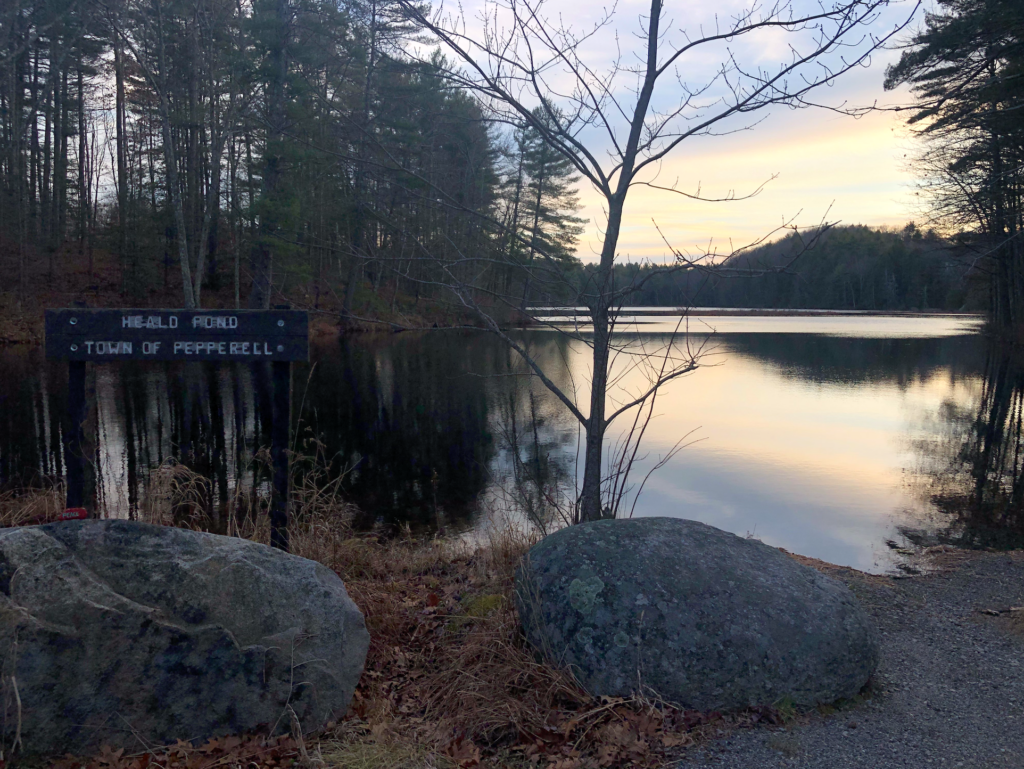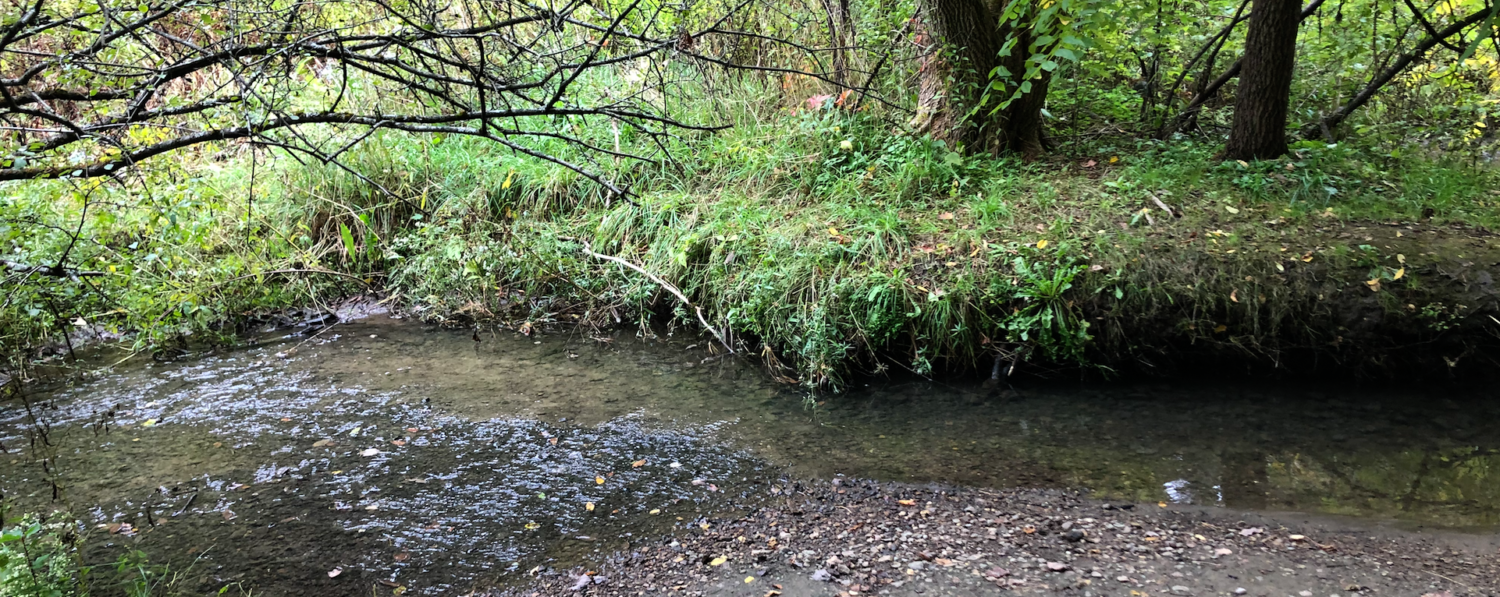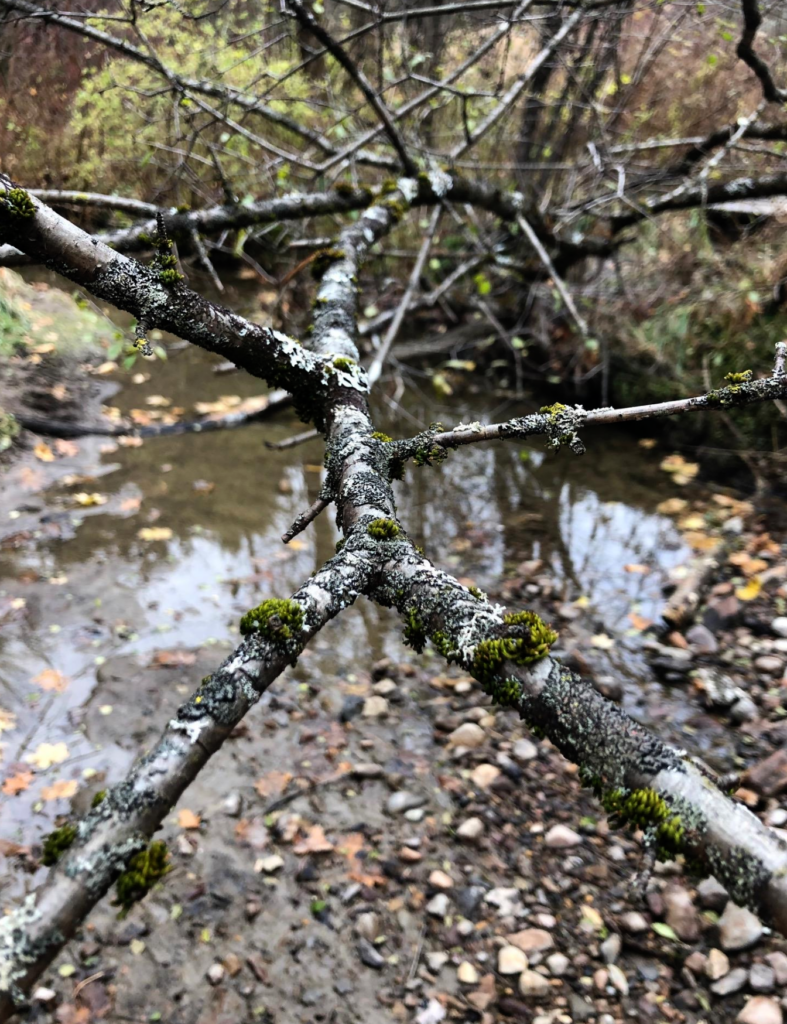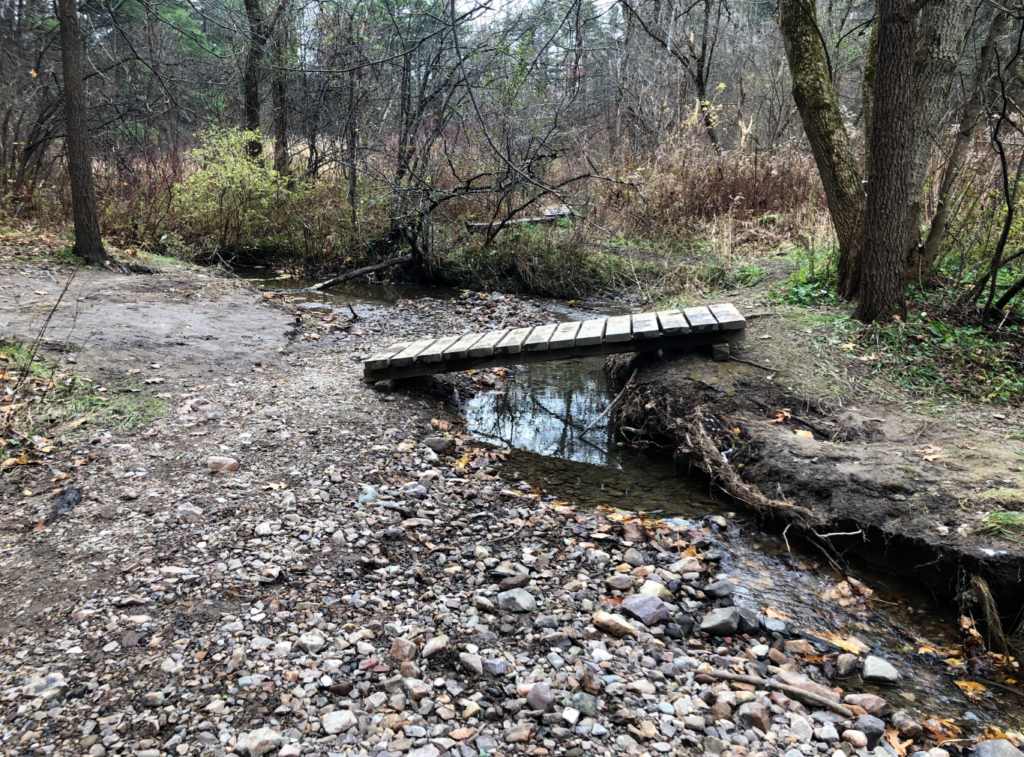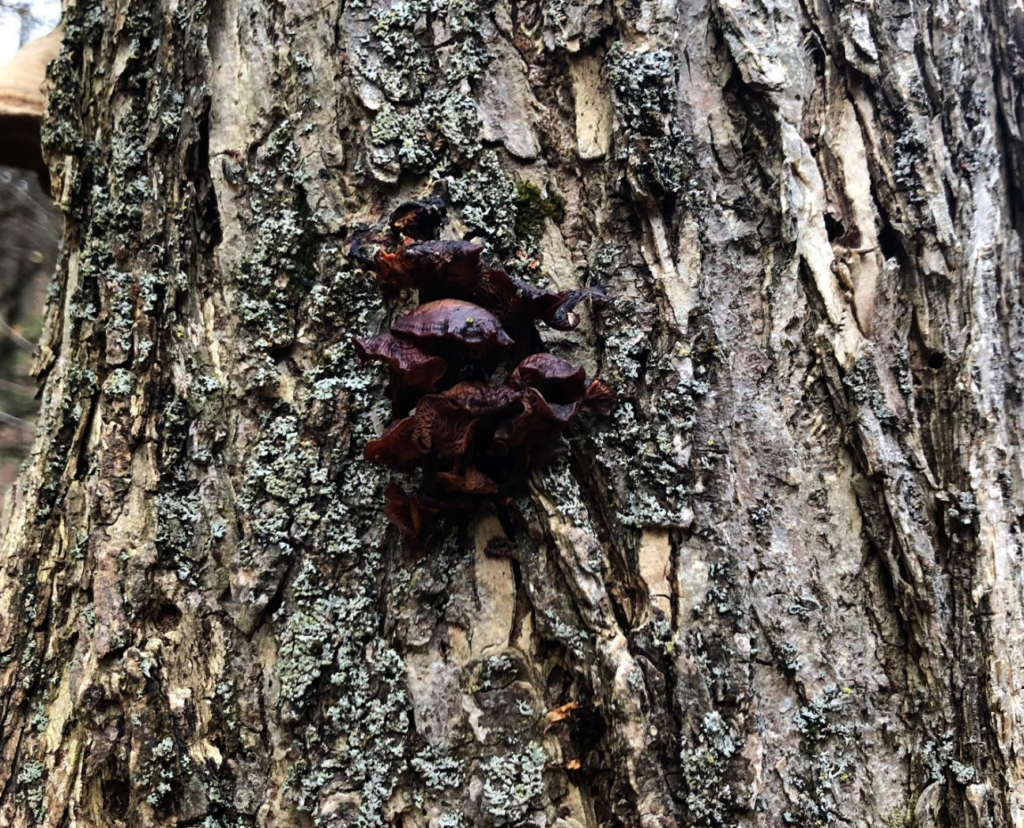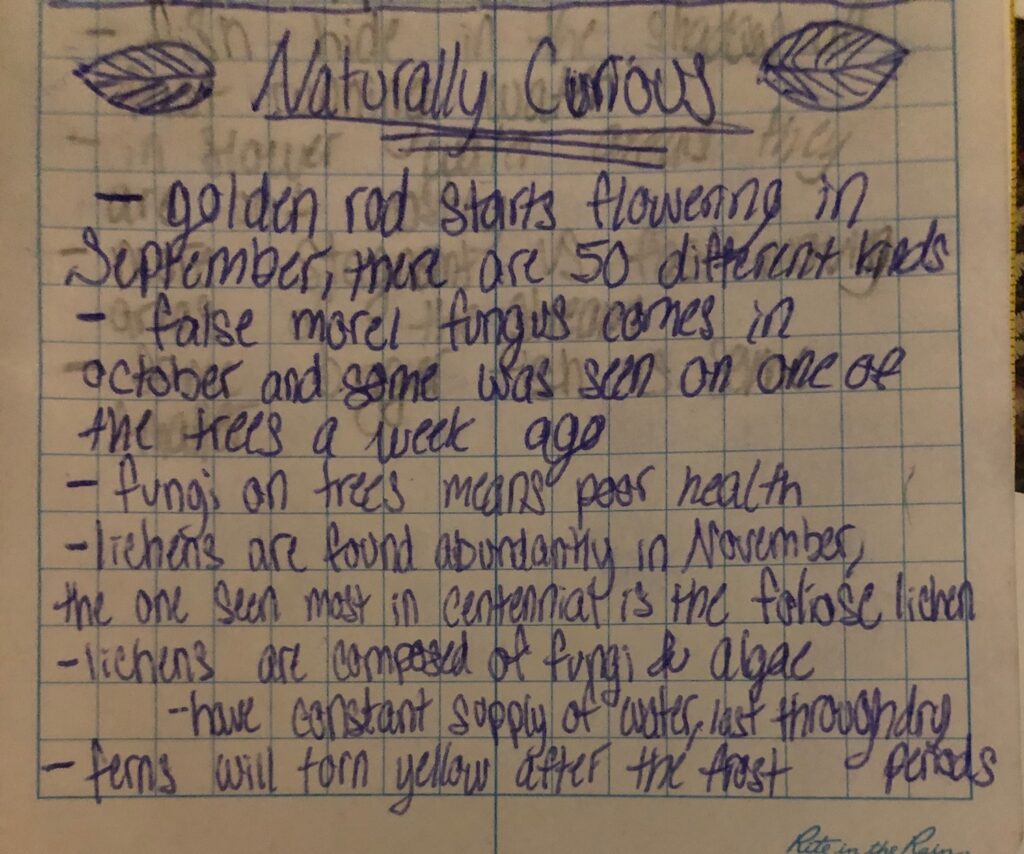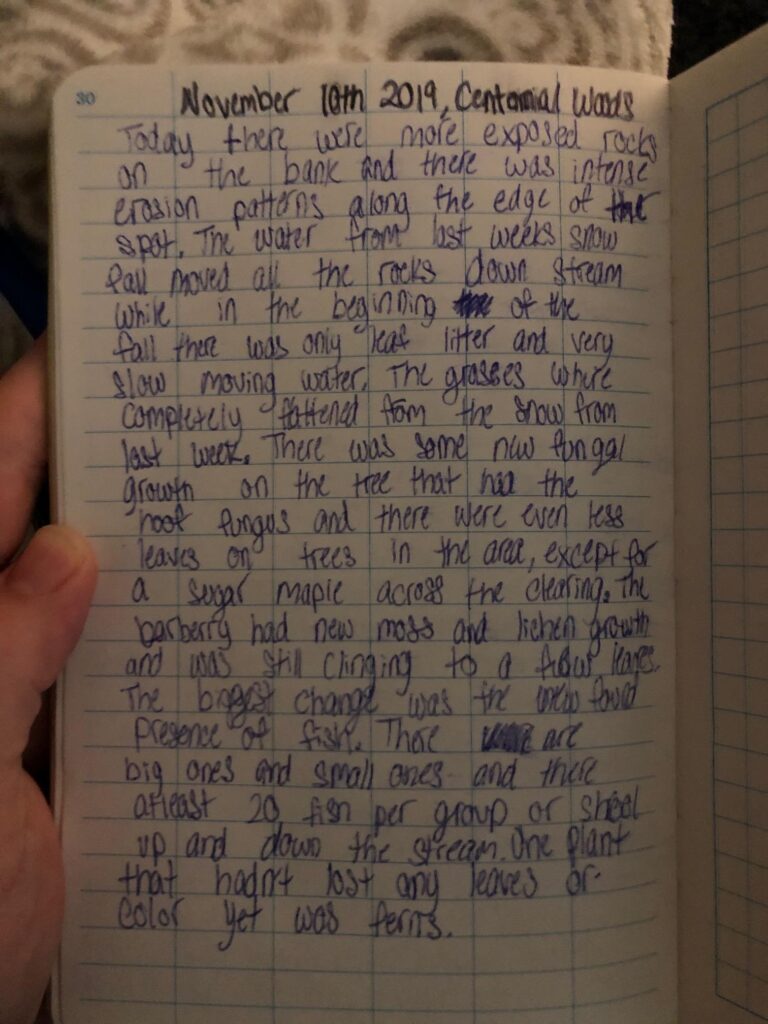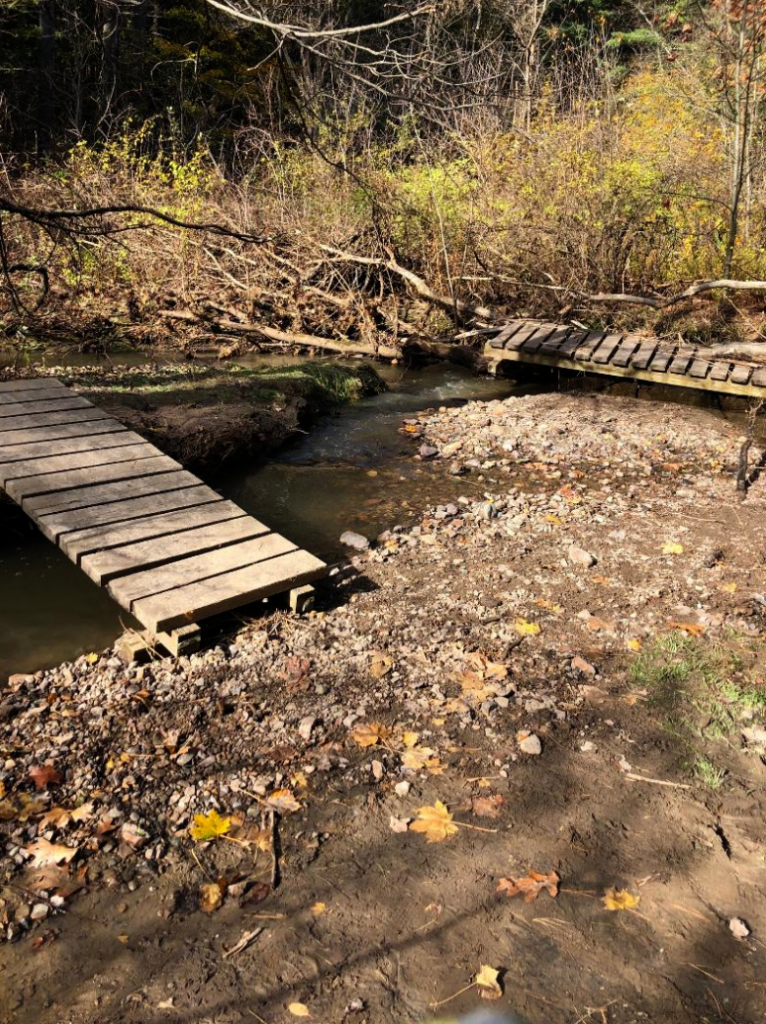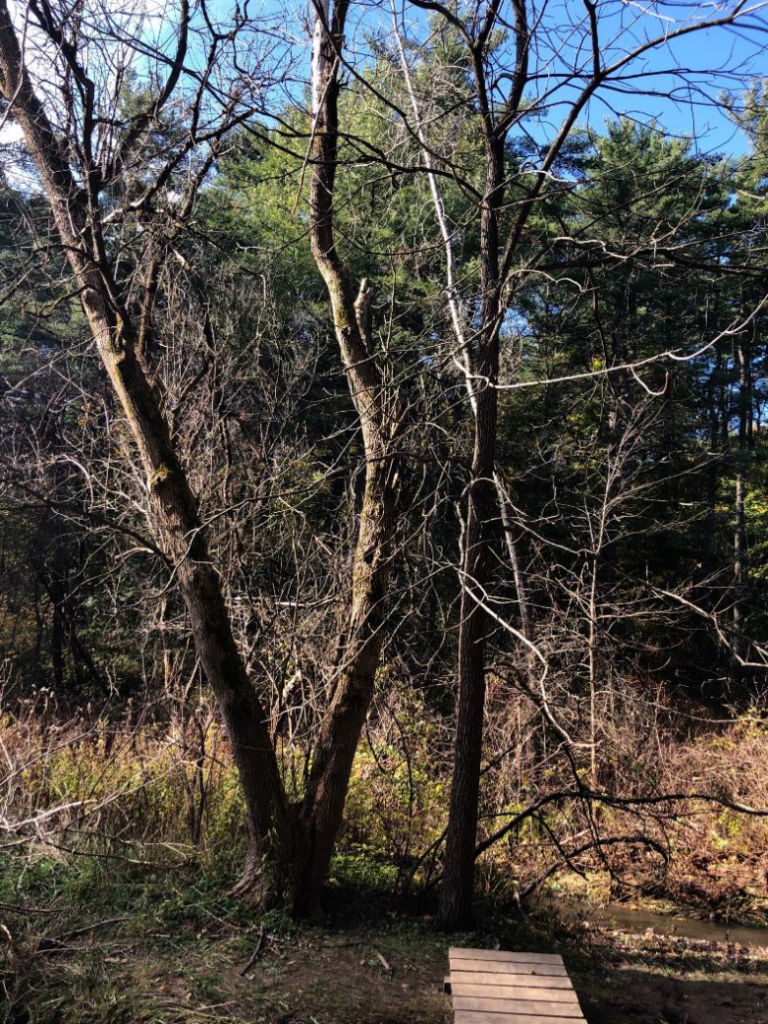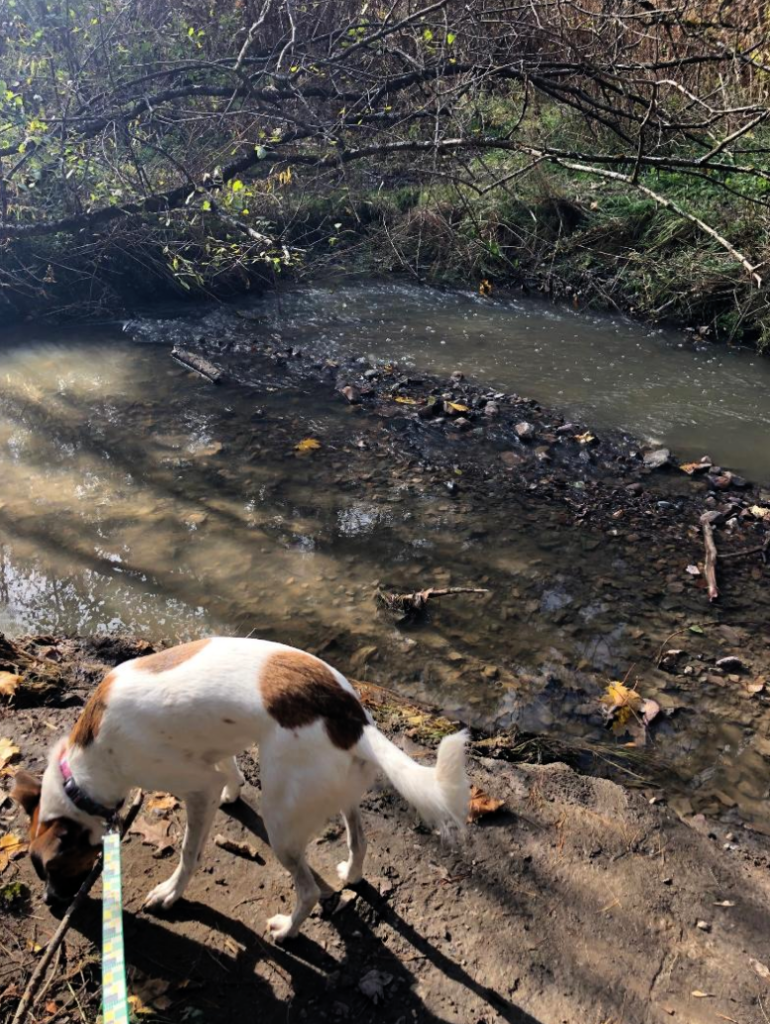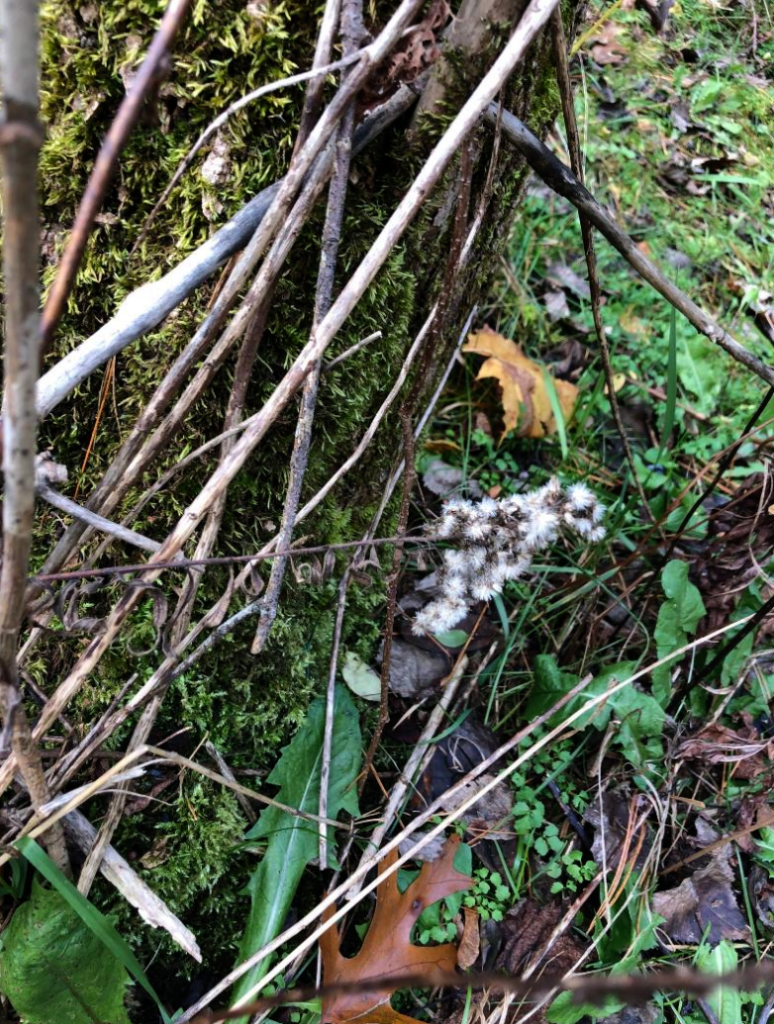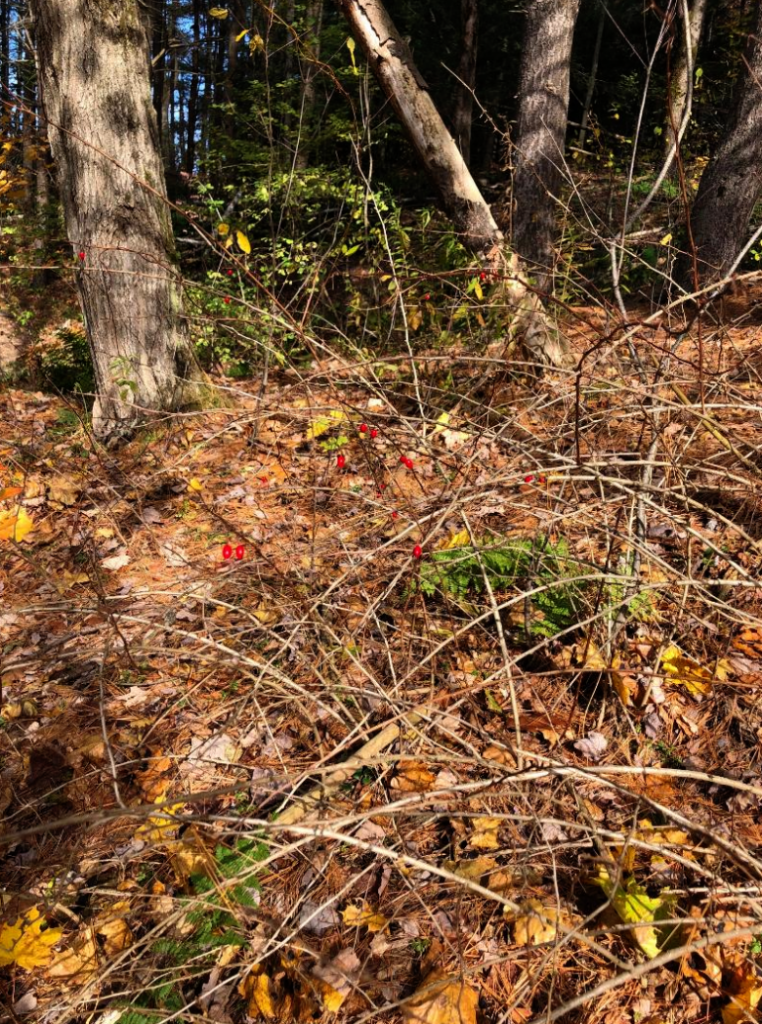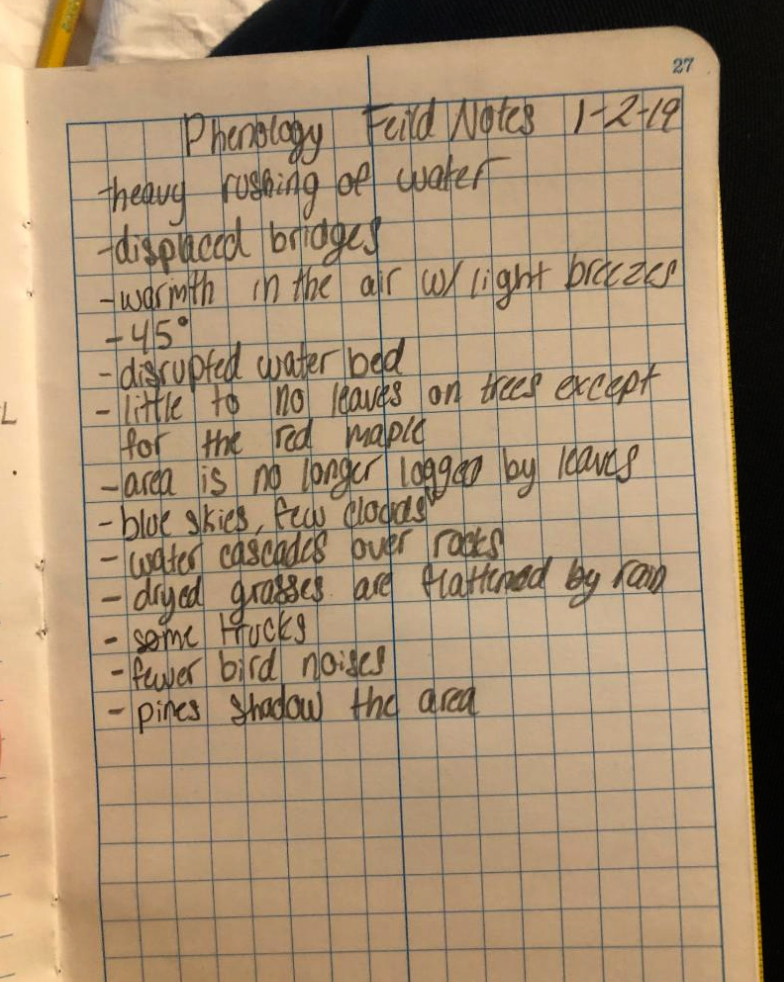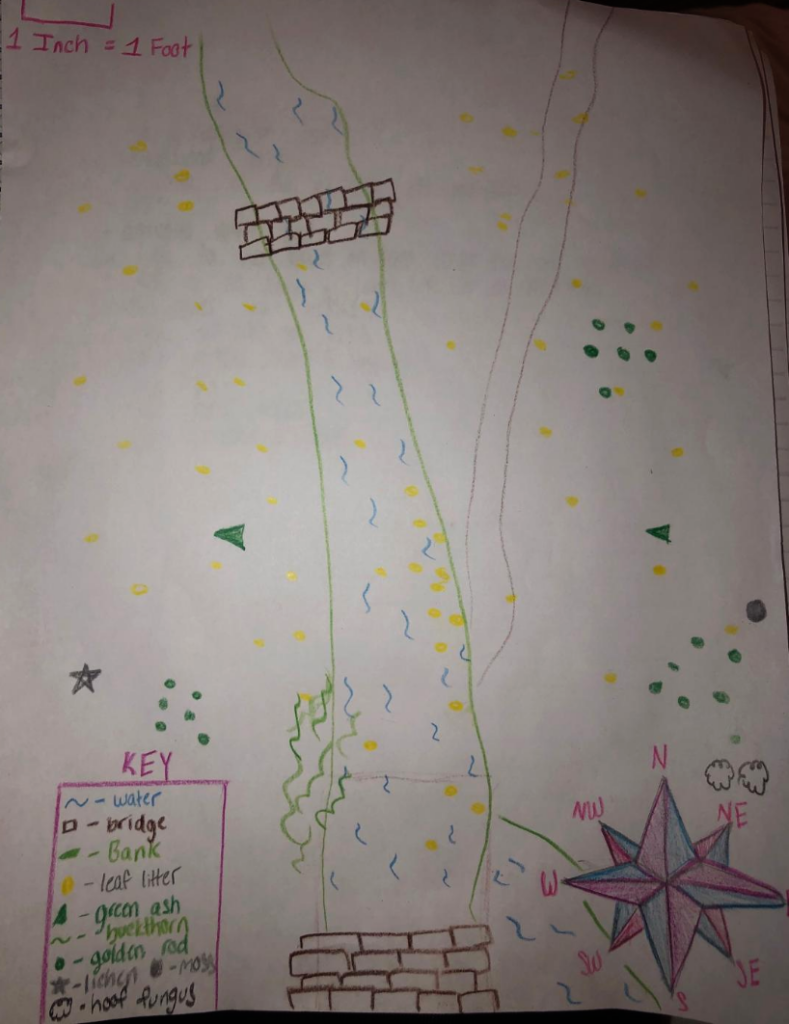I have lived in Pepperell Massachusetts all my life and to say the least it has been underwhelming at times. The population of the town is 12,000 which is relatively small and my graduating class from high school consisted of 180 students and we had a regional high school with two other towns. There are five pizza places and two Chinese food places in a ten-mile radius and the only store open past nine is the Cumberland farms. I have felt restricted in this town my whole life and have been waiting for the moment when I could leave it all behind. Even after being gone for three months I have found that nothing has changed in the entirety of this town and that I prefer change over stagnant living. One thing I have found and missed about my hometown though is the opportunity for exploration.
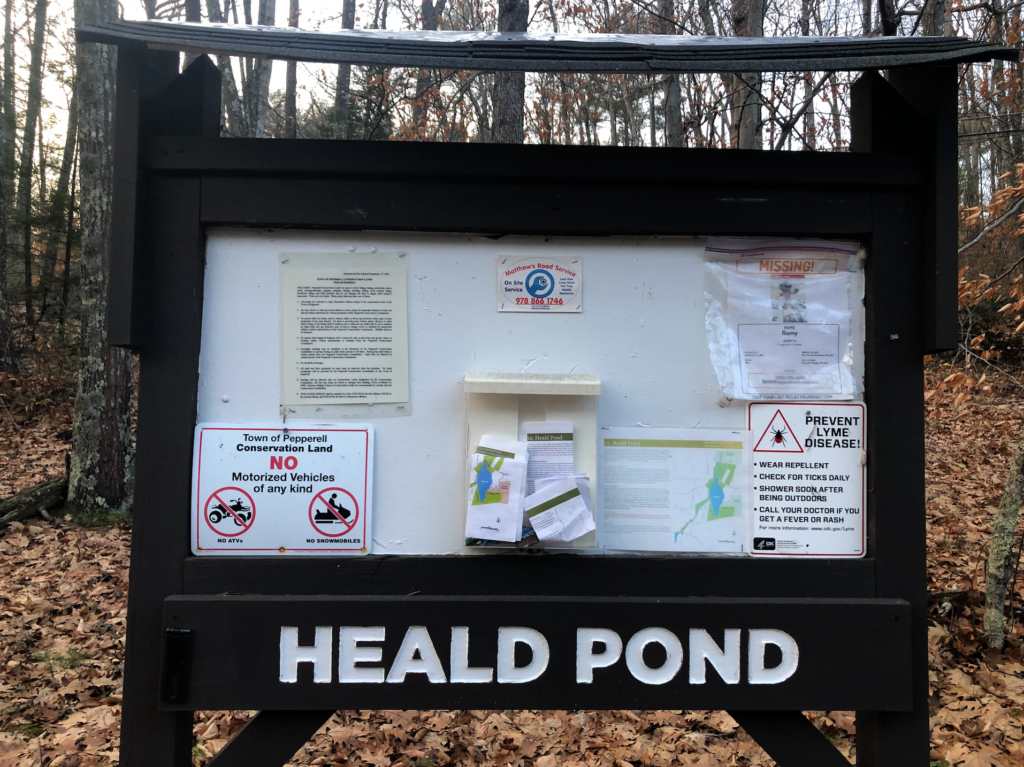
One of the popular things about Pepperell is that we are in the middle of the rail trail which is a twenty-mile trail that crosses through three different towns and is used for biking, roller skating, walking or running. This is the biggest, but not the only trail in the town. After you’ve lived here for long enough, you’ll notice random wooden signs with two posts and white writing. These are all for different trail entrances and I have only recently found that there are sixteen different trails in Pepperell. One of them I have walked many times during the late Spring, and it surrounds Heald Pond. This pond is a thirty second drive from my house and has been something I’ve driven past practically every day of my life. It is stagnant, ridden with beavers and prone to algae blooms, but it still reminds me a lot of home. It is also the biggest representation of my sense of place from where I have grown up. My sense of place is defined by water and the presence of lakes, oceans and ponds. From the time I was very little that pond was my first introduction to any type of open water and is there for the first spot where I felt my sense of place. Years after we took family vacation to Maine and stayed on the ocean or to random lakes in Vermont, but Heald Pond will always be the first spot where I could define some feeling of home or like I belonged there.
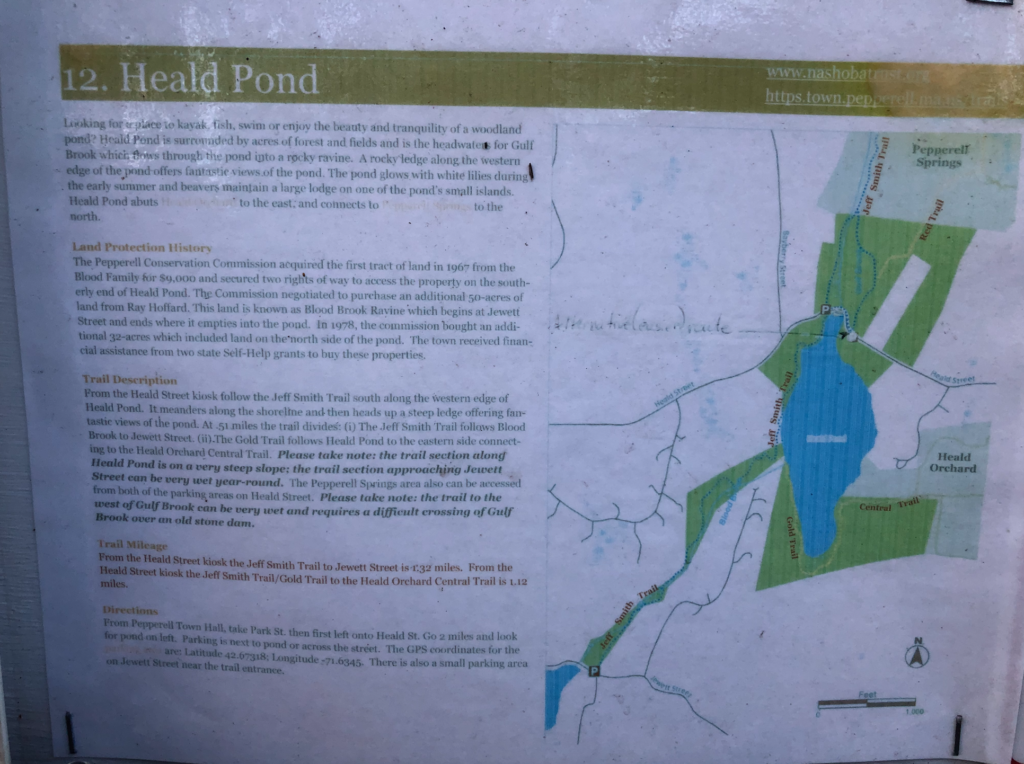
I have mentioned how my town is absent of any type of change which is normally something that bothers me and I strive for some in-congruency, but the fact that the pond doesn’t change is somewhat reassuring. It changes, but it is always consistent. For example in the winter the whole pond always freezes over so you can ice-skate, in the spring the beavers make more dams and in the summer the algae blooms start since the pond is in a huge value and will take in excess nutrients from all the places that surround it. Despite all the devastating ecological changes we are facing all over the world I find comfort in the fact that this pond never strays from its normal patterns and remains the same in its phases of change. Heald Pond is my symbol of home, so I hope it never changes.
